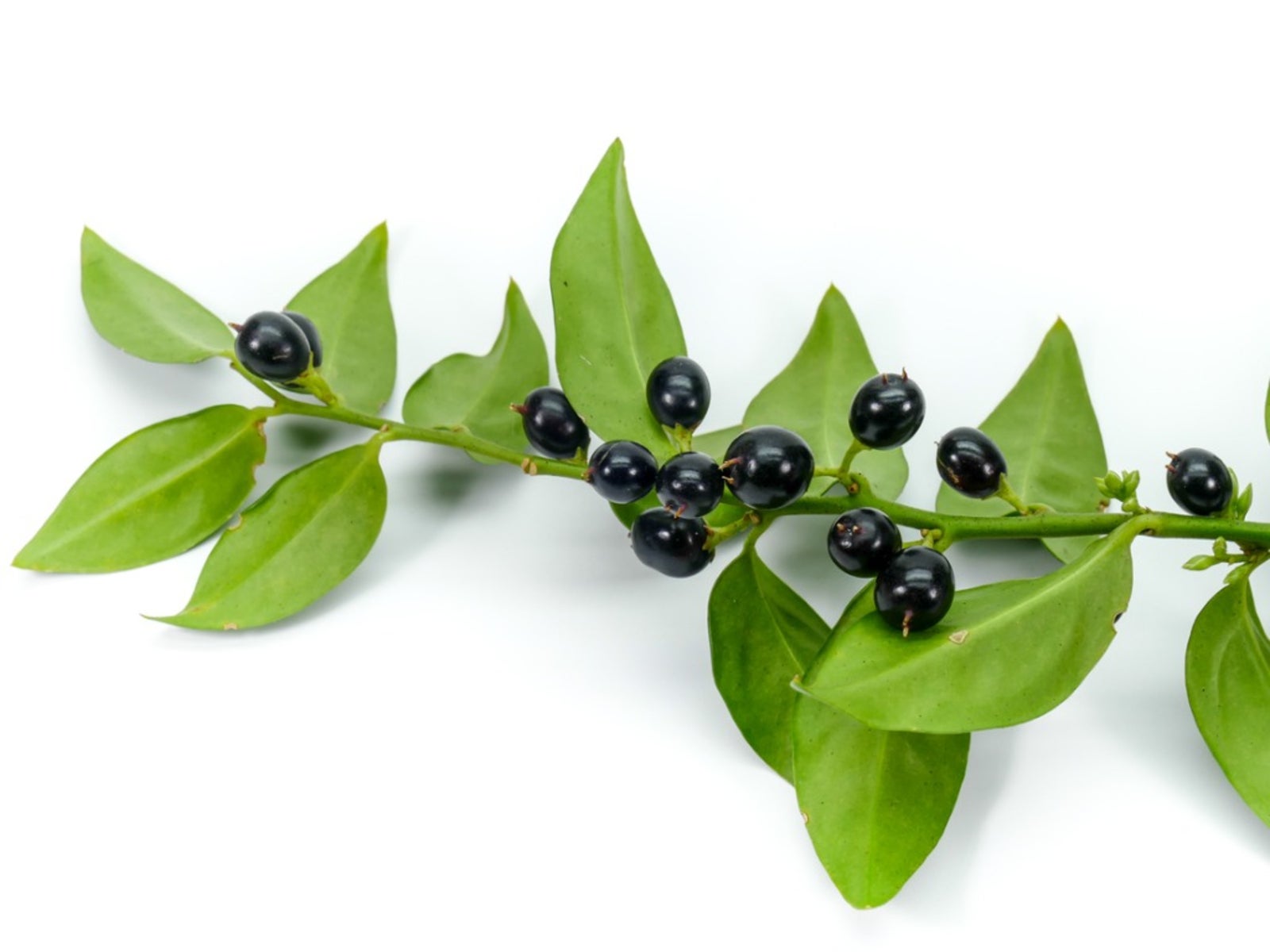Sweetbox Plant Info: Tips For Growing Sweetbox Shrubs


Incredible perfume, hardy evergreen leaves and ease of care are all characteristics of Sarcococca sweetbox shrubs. Also known as Christmas box plants, these shrubs are related to standard boxwood plants but offer glossier leaves and unmatched scent in late winter. Growing sweetbox shrubs is effortless and they can be elegant little standards, gently sweeping low hedges and provide some winter interest in the dormant perennial garden. We'll go over some tips on how to grow sweetbox in your garden so you can experience the sweet smell of success.
Sweetbox Plant Info
Creating a "no fuss" garden can be challenging; however, one plant can be the answer to your dreams. Sarcococca sweetbox shrubs have dwarf sized appeal, perennial foliage and surprisingly sweet smelling tiny flowers. You can stand several feet away and smell the delightful scent of just one sweetbox, but when you put them in a mass, the plants can perfume the entire landscape for weeks. Christmas box plants are so called because they are winter bloomers. Finding anything that will bloom in the cold weather can often be a difficult task, but sweetbox is a tenacious little plant that never disappoints. It isn't grown for showy flowers, as these are practically hidden in the foliage and are so tiny and white as to be almost pointless. But when you draw near and inhale the penetrating aroma, you will know why these little guys are so prized. The standard sweetbox plant info goes as follows. Plants grow up to 5 feet (1.5 m.) in height but can be kept sheared back for more compact foliage. Leaves are lance shaped, up to 2 inches (5 cm.) long and evergreen. The tiny white flowers are often followed by small round black or red fruits.
How to Grow Sweetbox
Successfully growing sweetbox shrubs starts with site selection and soil considerations. Choose a full shade location where soil drains freely. They will even thrive under trees where lighting can be minimal. Soil should percolate well and yet be rich in organic matter and kept moist. If soil is properly nutrient rich, you rarely have to fertilize this plant. Top dress around the root zone with good compost and, in cold regions, use an organic mulch to protect roots from icy conditions. If you choose to prune the plant, wait until flowering has ceased and cut the stems back in spring. Because these little beauties can withstand low light conditions, need relatively little care if in good soil and keep a fairly low profile naturally, they make great choices for a variety of settings:
- in a container for a shady accent under a tree stand
- around a covered patio
- grouped together with their glossy foliage along the drive to scent guests up the walkway
- in a woodland garden to lend their foliage as accents to other plants (such as bleeding heart and trillium)
The bonus about Sarcococca is that the bushes are resistant to deer and rabbits so using in a wildlife garden will pose no problem.
Gardening tips, videos, info and more delivered right to your inbox!
Sign up for the Gardening Know How newsletter today and receive a free copy of our e-book "How to Grow Delicious Tomatoes".

Bonnie Grant is a professional landscaper with a Certification in Urban Gardening. She has been gardening and writing for 15 years. A former professional chef, she has a passion for edible landscaping.
-
 Looking For Plants To Give You The Soft And Fuzzies? Try These 5 Fuzzy Leaf Plant Options
Looking For Plants To Give You The Soft And Fuzzies? Try These 5 Fuzzy Leaf Plant OptionsLovers of texture, drama, silver foliage and tactile plants will adore these special sensory garden additions. These fuzzy leaf plant options will leave you all aglow
By Susan Albert
-
 Get Ready For A Summer Of Hummers! Grow These Full Sun Hummingbird Plants and Flowers
Get Ready For A Summer Of Hummers! Grow These Full Sun Hummingbird Plants and FlowersIf you’re lucky enough to enjoy a sunny backyard, make sure you are maxing out on your pollinator opportunities and grow these full sun hummingbird plants and flowers
By Tonya Barnett